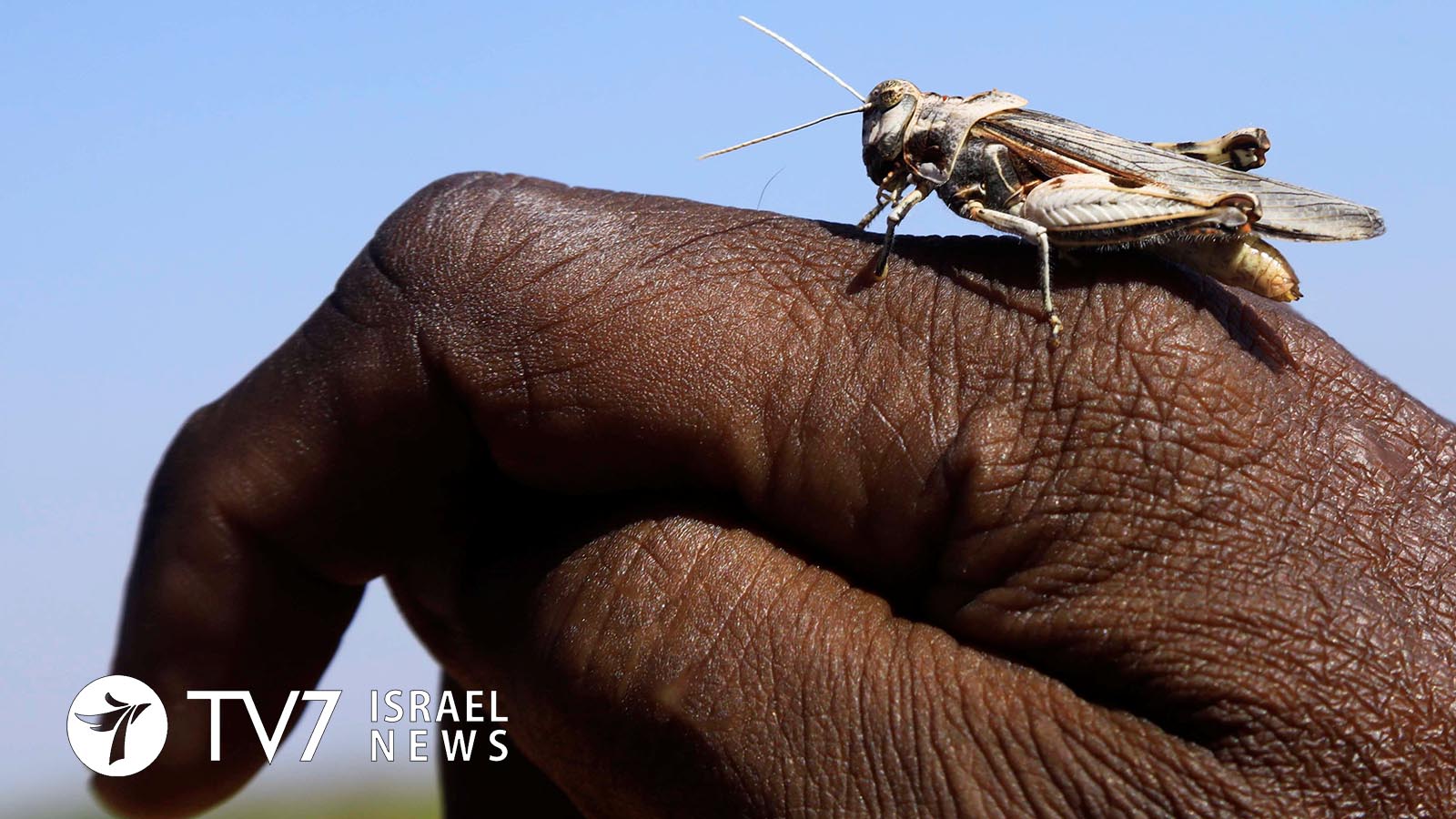The United Nations Food and Agriculture Organization (FAO) is warning that the risk of Desert Locust crop damage in Somalia remains both “high and alarming.”
According to a news brief published by the UN at the start of the month, the FAO is calling for “substantial and timely funding” to scale-up operations aimed at eradicating the insect. The agency said in a statement that it is consulting with the government in Mogadishu on strategies for immediate action to help farmers to protect their livelihoods while also keeping food insecurity at bay.
The latest “devastating locust upsurge,” said the FAO, has affected Somalia’s southern states in particular, where swarms have migrated and destroyed crops amid the worst infestation to hit the Horn of Africa in 25 years.
A few new immature swarms began to form the second week of February following breeding in the northeast (Puntland) where hopper bands are still present. Belief that there a still a few residual hopper bands on the northwest coast combined with identification of one immature swarm on the plateau south of Hargeisa has led to rising concern that new swarms are forming after breeding along the shoreline. Most of the swarms gathering in the northern sector are expected to disperse along the northern plateau, although some could migrate into southern Somalia or eastern Ethiopia.
According to the FAO’S Desert Locust situation update, predominantly dry conditions are expected during the remainder of this month in Somalia. The forecast is the same for southern Ethiopia and northern Kenya, where locust swarms persist. To reduce the next generation of breeding, ground and aerial control operations are focusing on the swarms before they can mature and lay eggs.
Immature swarms in Ethiopia have mostly been centered in southern SNNP (South Omo) and east of the Rift Valley in Oromia (Bale, Borema, Arsi). Due to the lack of rainfall most of the swarms are expected to remain immature until there is more condensation to facilitate maturation and the laying of eggs.
Current ground and aerial control operations underway in Kenya are intent on reducing the size of existing immature swarms in northern and central counties, while curbing the anticipated scale of the upcoming breeding.
Since the start of the month, swarms have been reported in 15 Kenyan counties (Madera, Wajir, Garissa, Marsabit, Samburu, Isiolo, Meru, Tharaka, Tana River, Kilifi, Kitui, Machakos, Laikipia, Nakuru, Nyandarua). It is difficult to accurately assess the situation, however, as the same swarm can be sighted multiple times due to high mobility.
There have been no further reports of swarms in Turkana, although several small immature swarms have formed from previous breeding along the coast near Lamu (and most likely in adjacent areas across the border into southern Somalia). Meanwhile, the number of swarms arriving from the north are continuing to drop. Even though there has been rainfall in southern counties, more is needed in the north – where the locusts are expected to eventually mature and lay eggs.
In Yemen, scattered adults are maturing along the coastal plains of the Red Sea. While some low scale breeding could occur in the few areas where conditions remain favorable, the current infestation level does not necessitate control operations.
Immature adult groups from local breeding along Saudi Arabia’s Red Sea coast have migrated through the Asir Mountains to the interior of the Kingdom near Riyadh and Gassim. There has also been continued locust breeding along the shores of both sides of the Sudan / Eritrea border. Control operations to combat the pests are ongoing in all three countries.
The situation remains calm in the other regions.
